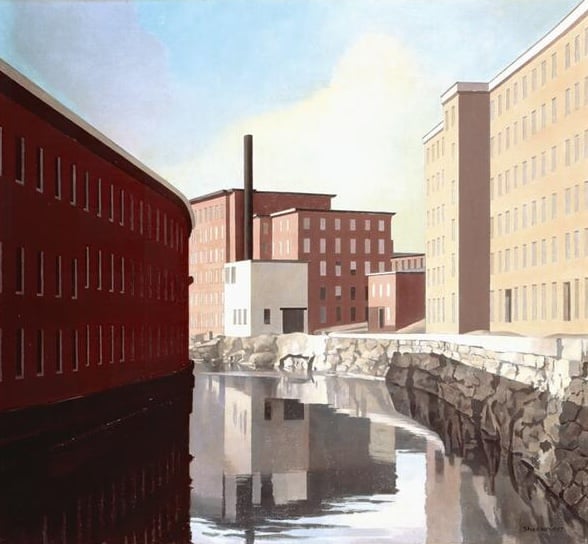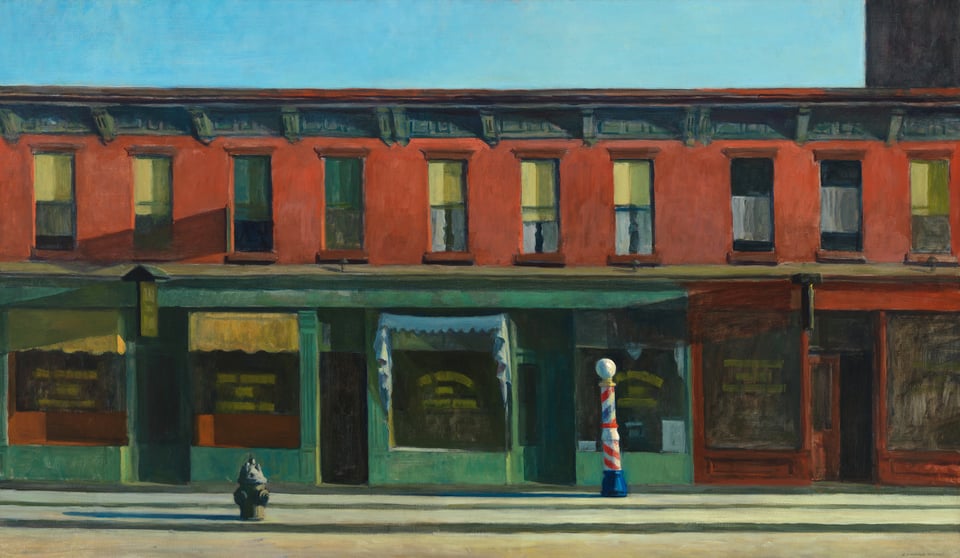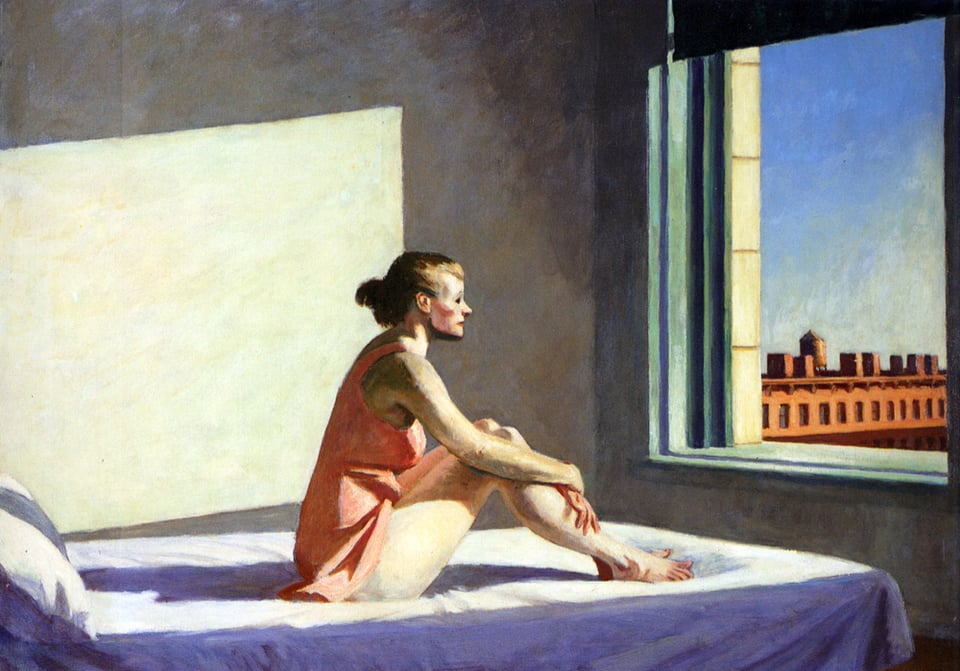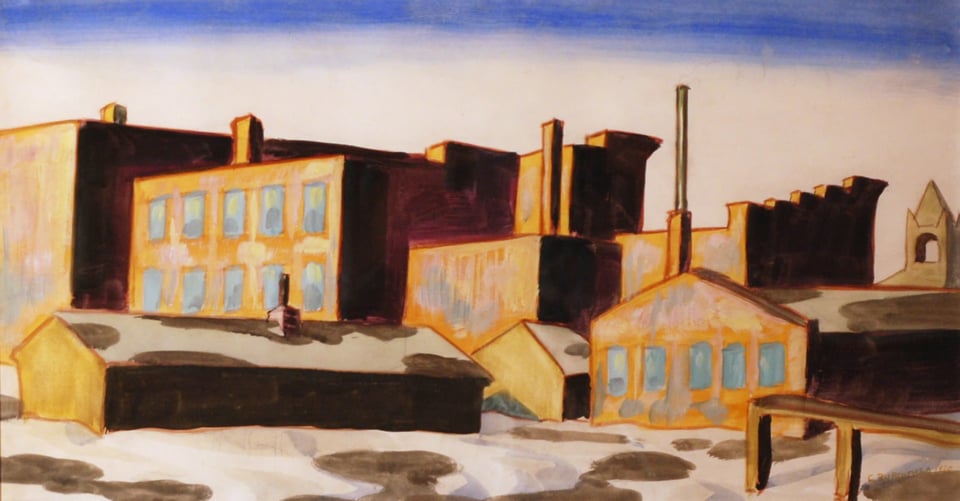Welcome to flaneuring, a newsletter featuring new resources on urban & beyond, insights, and photography.
an insight
There’s a certain atmosphere in former factory towns. Maybe you’ve felt it walking through cities like Providence, Worcester, or Pittsburgh. Maybe you’ve felt it through a painting.
Light might have something to do with it.
In City: Rediscovering the Center, William H. Whyte writes:
“Porous surfaces such as brick or limestone act differently. They reflect far more light… But the light is benign. It does not glare. Instead of reflecting the sun back in parallel ways, porous surfaces break up the rays and diffuse them… Some of them fairly glow.”
It’s the glow you feel in Charles Sheeler’s Amoskeag Canal:

Or in Edward Hopper’s Early Sunday Morning:

Or in Morning Sun, also by Hopper:

And lastly, in Charles E. Burchfield’s Factories:

snapshots
Carrying the thread forward, here are a few glimpses of that same glow, captured in Providence’s Jewelry District:




new resources
Max Podemski’s A Paradise of Small Houses traces the evolution of America’s iconic urban housing — from tenements to dingbats — uncovering the social, cultural, and planning decisions behind them, while questioning how past models can inform a more equitable housing future.
In Bourgeois Utopias, Robert Fishman explores the origins and evolution of suburban life, showing how 19th-century middle-class ideals shaped the suburban dream and reshaped urban development around values of domesticity, privacy, and separation from the city. Case studies include London, Manchester, Philadelphia, New York, Chicago, and Paris.
